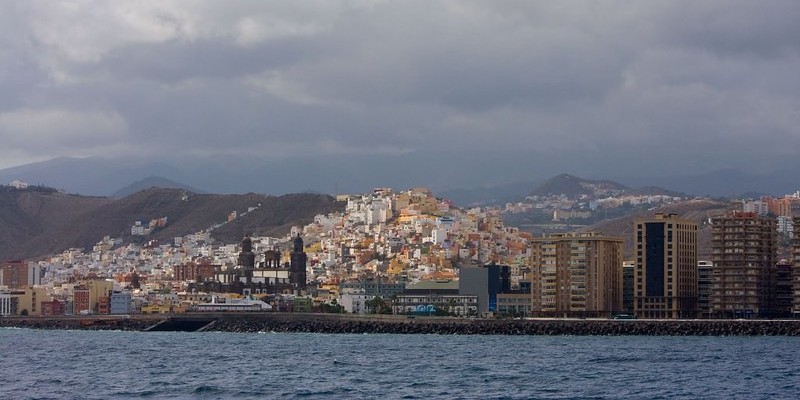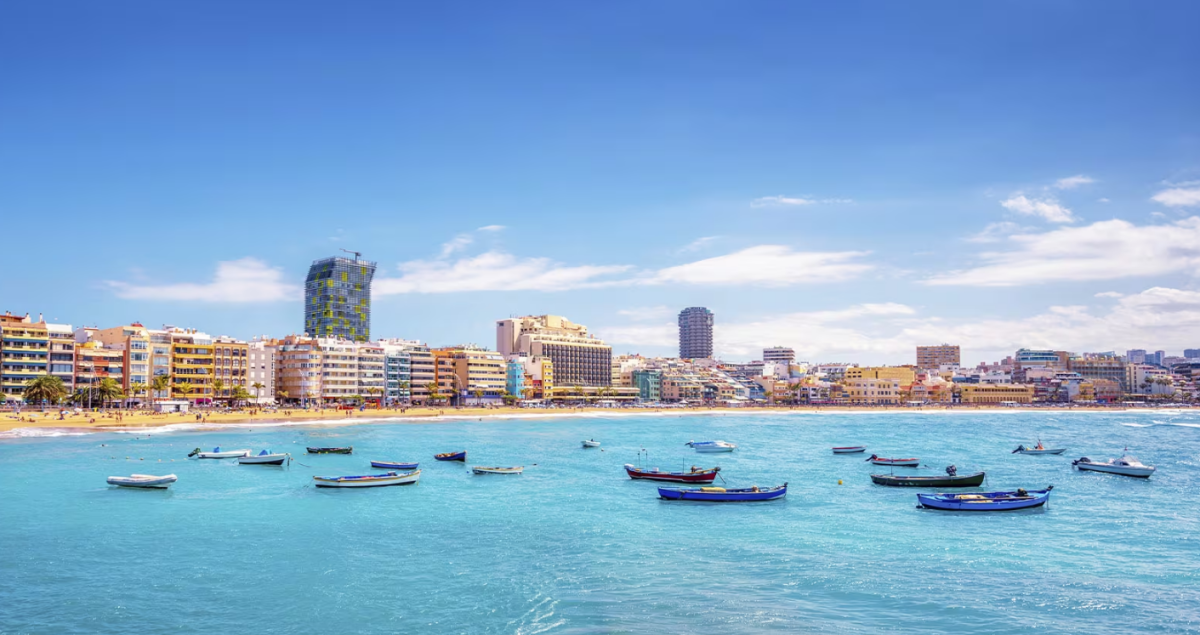
Las Palmas de Gran Canaria is a city that has it all – history, culture, nature and gastronomy. From historic neighbourhoods to vibrant urban beaches, every corner of this island city has something unique to offer visitors.
If you're planning a trip to the island's capital, be ready to find out what to see in Las Palmas de Gran Canaria.
What to visit in Las Palmas in one day
If you only have one day to explore the city, there are several places you can't miss in Las Palmas de Gran Canaria.
- Vegueta neighbourhood: The historic heart of the city, where you can admire the colonial architecture as you stroll through its cobbled streets.
- Santa Ana Cathedral: Located in this neighbourhood, its striking dark façade and rich history make a significant impression.
- Christopher Columbus House: This museum, dedicated to the life and voyages of Christopher Columbus, is situated next to the cathedral. It provides insight into Las Palmas' role during the Age of Discovery.
- Triana neighbourhood: Known for its vibrant commercial life and modernist buildings, Calle Mayor de Triana is perfect for shopping.
- Canarian Museum: A must. The museum displays important archaeological and ethnographic collections from the Canary Islands.
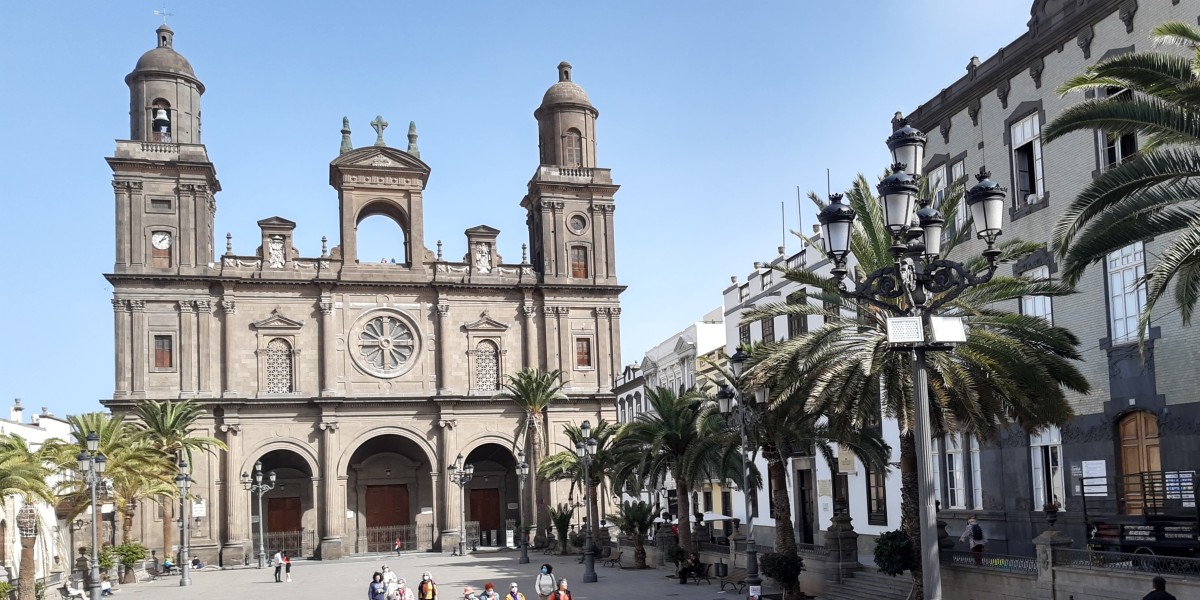
Las Palmas in two days
The city has many other points of interest that are perfect for longer stays. If you're looking for more great attractions beyond those mentioned, be sure to check out these highlights.
- Viera y Clavijo Botanical Garden: Relax in this green oasis – the largest botanical garden in Spain, where you can admire the unique flora endemic to the Canary Islands.
- Las Canteras Beach: Enjoy a day at the most emblematic beach and one of the most magical places in Las Palmas. Walk along its long and lively promenade.
- Alfredo Kraus Auditorium: End your second day with a show at this iconic auditorium, conveniently located right next to the beach.
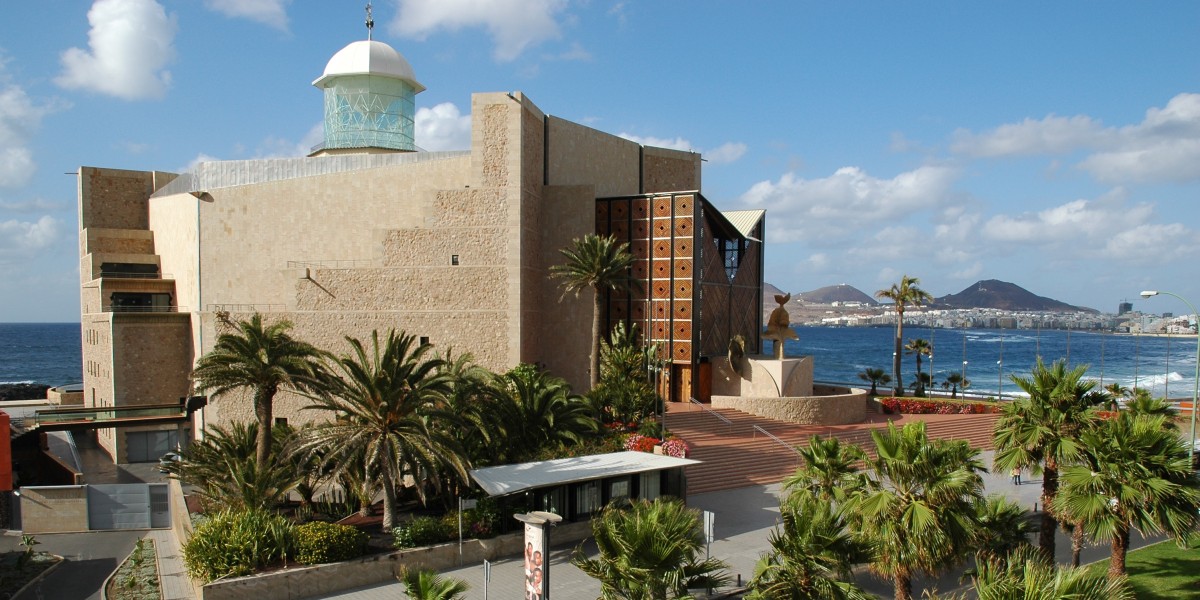
What to see in Las Palmas in three days
If you have an extra day, here's what to see in Las Palmas to complete a three-day stay in the city.
- La Luz castle: Start your third day by visiting this 15th-century castle, one of the most significant historical buildings in Las Palmas, which now operates as a museum.
- Vegueta Market: Immerse yourself in local life at the Vegueta market. Sample fresh produce and explore a variety of spices, cheeses and other local products.
- Pérez Galdós House-Museum: For literature lovers, a visit to the birthplace of the famous writer Benito Pérez Galdós, a native of the city, is a must.
- La Isleta: Spend the afternoon exploring La Isleta, a small peninsula north of the city with beautiful views, less crowded beaches and hiking trails.
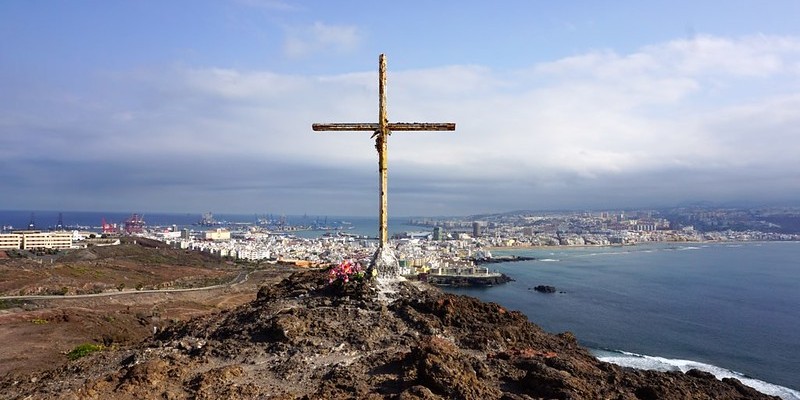
Las Palmas with children: science and nature
Visiting Las Palmas de Gran Canaria with children is a fantastic experience, as the city offers numerous family-friendly activities. Start with the Elder Museum of Science and Technology, where kids can engage with interactive exhibits on topics ranging from physics to biology.
Be sure to also visit the Poema del Mar Aquarium, an impressive venue where children can get an up-close view of various marine species, immersing them in the wonders of the underwater world.
Doramas Park features expansive green areas ideal for running and playing, along with a children’s playground and occasional puppet shows.
Las Canteras Beach, renowned as one of the most stunning urban beaches globally, is also a must-visit. It offers safe bathing areas and golden sands.
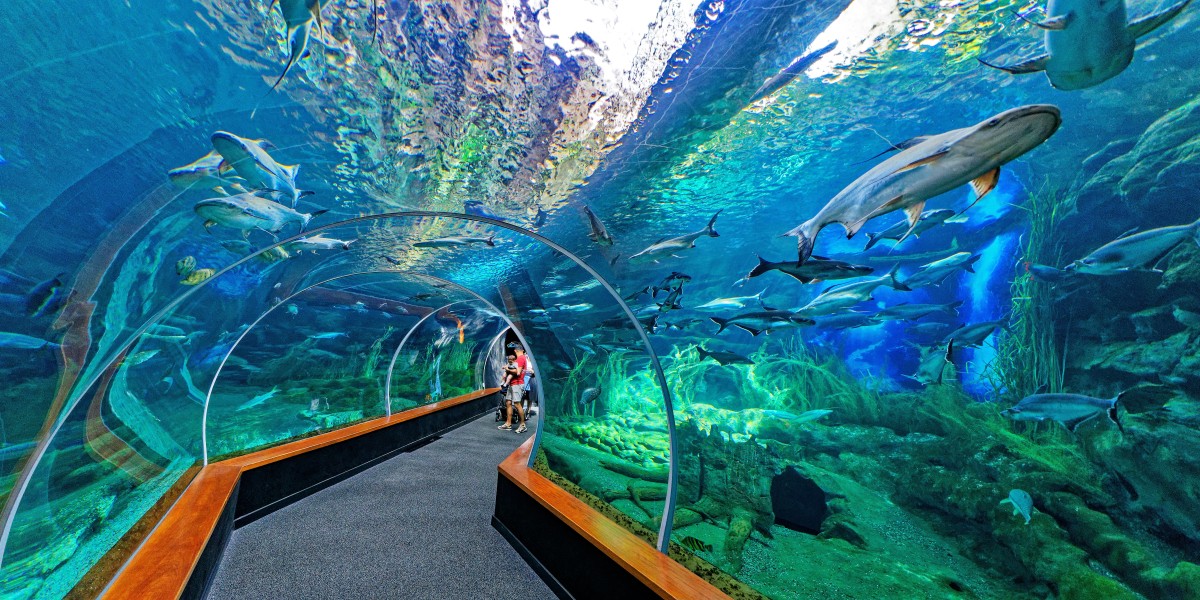
What to eat in Las Palmas: the most typical dishes
The cuisine in Las Palmas de Gran Canaria reflects its rich cultural history, blending Spanish, African, and Latin American influences. You must try sancocho canario – a traditional stew made with salted fish (usually wreckfish) and served with papas arrugás (salt-crusted potatoes) and mojo picón (a spicy red sauce).
Another traditional dish to try is ropa vieja, made with shredded meat, chickpeas, and potatoes –perfect for recharging after a day exploring.
Be sure to sample papas arrugadás con mojo picón, arguably the most famous snack in the Canary Islands. For a sweet treat, don’t miss bienmesabe, a dessert featuring almonds, eggs, and sugar.
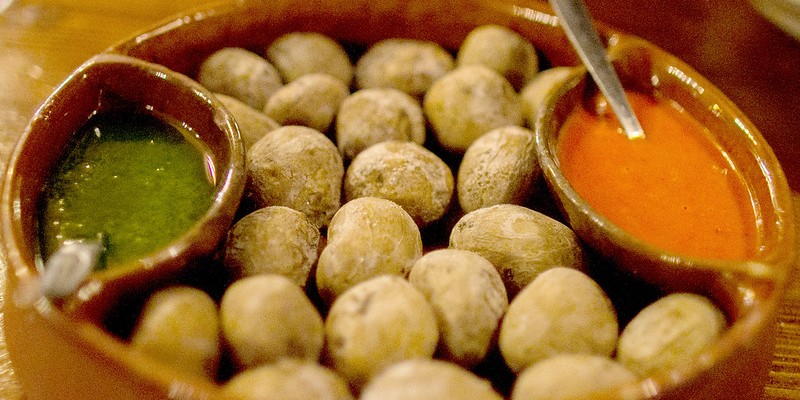
How to get to Las Palmas: by land, sea and air
You can reach Las Palmas de Gran Canaria, renowned for its pleasant climate and rich culture, by land, sea, and air.
- Car: If you travel by road from elsewhere on the island, Las Palmas is well connected by the GC-1, the main motorway that runs along the east coast from the south to the capital.
- Bus: Buses are an economical and efficient way to reach Las Palmas. The intercity bus network connects nearly every part of the island with the capital.
- Plane: Located in Telde, Gran Canaria Airport offers domestic and international flights. From the airport, you can take a bus or taxi to the city centre in approximately 20 minutes.
- Ferry: Las Palmas port is also a gateway to the city. From here, you can travel to other Canary Islands such as Tenerife, Fuerteventura or Lanzarote.

Near Las Palmas: the best of Gran Canaria
Exploring the surroundings of Las Palmas de Gran Canaria reveals stunning natural landscapes and cultural attractions, enhancing your visit.
- Roque Nublo: This iconic natural monolith, located in the heart of the island, provides spectacular panoramic views.
- Teror: This picturesque town is famous for its colonial architecture and Sunday market, where you can buy products such as Flor de Guía cheese and Teror chorizo.
- Guayadeque Valley: This deep valley is home to some of the oldest troglodyte dwellings on the island and is ideal for exploring pre-Hispanic history.
- Agaete: The town offers spectacular panoramic views, along with the renowned Las Nieves port, beautiful beaches, and a vibrant cultural scene.
- Tejeda: Considered one of the most beautiful villages in Spain, it offers views of Roque Nublo and Bentayga, set against a backdrop of stunning mountain scenery and lush nature.
- Mogan: Known for its cliffs and marina, southern Mogan offers sweeping sea views and is perfect for enjoying the tranquillity and beauty of the surroundings.
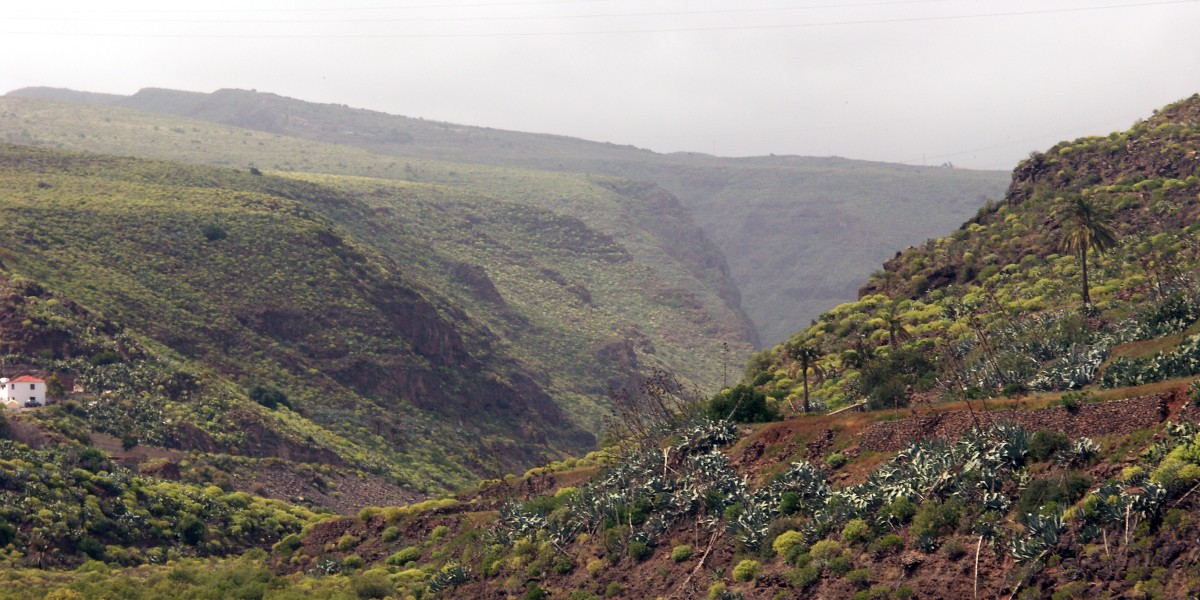
Living in Las Palmas
Living in Las Palmas de Gran Canaria means enjoying a unique environment where culture, history and nature are part of everyday life. This city, known for its mild year-round climate, has a superb quality of life with a wide variety of activities and services.
Life in Las Palmas de Gran Canaria involves a relaxed yet cosmopolitan lifestyle, where locals' security and hospitality make everyone feel welcome.
If you're considering living in Las Palmas, this is the offer currently available:
